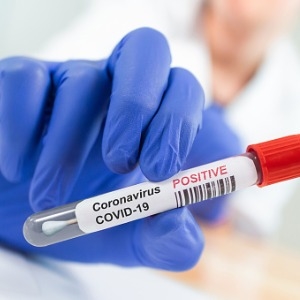Autism Spectrum Disorder & Aspergers
Both autism and Aspergers syndrome (AS) are considered forms of the autism spectrum disorder (ASD). These disorders make it difficult to engage with others, although Aspergers sufferers do not struggle with language or thought processes. Both AS and autism can have an impact on a person’s behavior, relationships, and interactions with others.
In the past, clinicians distinguished between AS and autism independently. Since 2013, both have been lumped together under the diagnosis of ASD.

Practitioners utilize a guidebook published by the American Psychiatric Association to identify mental health issues. The Diagnostic and Statistical Manual of Mental Disorders, Fifth Edition (DSM-5) includes AS in the diagnosis of Autism Spectrum Disorder (ASD). A mental health practitioner used precise criteria to diagnose AS before this shift.
About Autism Spectrum Disorder
ASD is a collection of neurodevelopmental problems that can cause issues with behavior, communication, and social relationships.
The diseases that come under the ASD umbrella can range in severity and features. There is a wide range, and each person will experience ASD in a unique way.
Symptoms of autism spectrum disorder
Some characteristics of ASD include:
- having issues participating in normal interactions
- sharing interests or feelings less frequently than peers, and having trouble reading or interpreting social signs
- incurring trouble interpreting the emotions or facial expressions of others
- having delayed language or speaking abilities
- facing issues understanding or creating connections
- possessing a strong desire for predictable structure and order engaging in repeated behaviors, such as hand flapping or rocking, showing extreme interest in specific subjects, speaking unusually, such as in a singsong voice, and feeling overwhelmed or irate in unfamiliar circumstances
- having delays in intellectual development and being sensitive to particular stimuli. Such as overwhelming loud noises or bright light.
The diagnosis for ASD takes places during childhood. As a result, roughly 1 in 68 kids show positive symptoms for Aspergers.
Differences between Asperger’s syndrome and autism:
Autism spectrum disorder (AS) is now to be a single condition. AS is one of the disorders that fall under the umbrella of ASD. A person who previously took an AS diagnosis can now take a more comprehensive ASD diagnosis.
Many persons who have been diagnosed with AS view this as a part of who they are. A person who identifies as having AS should avoid the ASD diagnosis. This is because the person who has ASD can also incur an ableist stigma and can be seen as a substantial handicap.
The diagnostic criteria originally recognizes the cognitive and linguistic development of persons with AS. These are persons with autism who may also be neurotypically intelligent or have little or major intellectual deficits.
Depending on the traits of their disease, an AS patient can need less assistance than an autistic patient.
Living with Autistic Spectrum Disorder
Those with an AS diagnosis may now be able to access services for autistic persons since physicians increasingly see AS as an aspect of ASD.
Everyone agrees that AS and ASD are not illnesses that call for support services. A person with autism may just behave differently than what society anticipates.
Conclusion
Since 2013, medical professionals have categorized AS under the more inclusive category of ASD. Yet, a person with an AS diagnosis might not consider themselves to have ASD.
A person with autism does not necessarily need support, but there are many alternatives available for anyone who needs assistance managing aspects of their ASD.
















Leave a Reply
Want to join the discussion?Feel free to contribute!